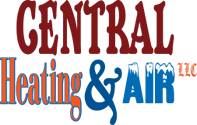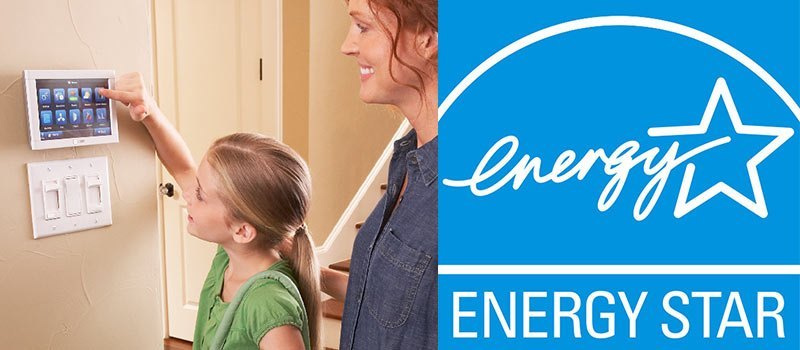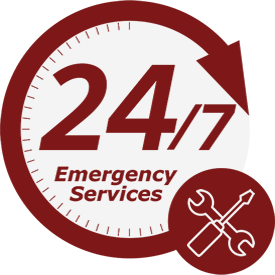An informational resource about efficiency ratings provided by Trane
To qualify for ENERGY STAR requires heating and cooling units to meet or exceed minimum efficiency ratings. The minimum efficiency required by the EPA for ENERGY STAR recognition includes: air conditioner and heat pump units with a SEER of 14.5 or above, 12 EER, or HSPF of 8.2 or above; all Trane gas furnaces with an AFUE of 90% or above.
Many factors can influence the potential savings on your energy consumption, including efficiency rating, lifestyle and having the right-sized system for your home.
When properly selected, higher efficiency Trane matched systems give you improved comfort at reduced operating costs by using fewer energy resources. With a proper load calculation for the right-sized system and one of Trane’s many high-efficiency products that meet or exceed ENERGY STAR guidelines, you can keep your utility bills down and reduce energy costs.
EFFICIENCY RATINGS
Remember that the higher the efficiency rating, the greater the energy savings. All Trane split system air conditioner and heat pump matched systems with a SEER of 14.5 or above, 12 EER, or HSPF of 8.2 or above and all Trane gas furnaces with an AFUE of 90% or above meet or exceed the minimum efficiency required by the EPA for ENERGY STAR recognition.
Trane helps you identify higher-efficiency products with an ENERGY STAR logo on the product’s nameplate.
PROPER LOAD CALCULATION
Another vital step to getting a more efficient Trane matched system for your home is to have Central Heating & Air conduct a load calculation. Most homes today are heated and cooled by units that are too big for the home—others are too small. When an air conditioner or heat pump system is not the proper size (capacity) for a home, an array of problems can result. Temperatures might be uneven. Units might not run long enough to properly control humidity. You may have more maintenance problems over time. And the money you think you might be saving may be reduced, because with units that are too big, you’re essentially paying to heat or cool space that isn’t there.
Along with a proper load calculation from Central Heating & Air – who accurately calculates the right size system for your home – we design all our products in a variety of capacity sizes to make sure that each one works as intended.
THE BENEFITS OF CONSERVING ENERGY
Household energy use contributes to air pollution, including 20% of all U.S. emissions of carbon dioxide. It also accounts for 26% of all U.S. emissions of sulfur dioxide and 15% of nitrogen oxides. By reducing your personal energy use, using more energy-efficient appliances and heating and cooling equipment, and constructing more energy-efficient homes, we can reduce pollution and save energy at the same time.
REGULAR SEASONAL MAINTENANCE
Have Central Heating & Air come perform preventative maintenance before the summer cooling and winter heating seasons begin. Asking a professional to check your system will increase the life of the system, improve energy efficiency, reduce pollutants and save money.
A dirty furnace filter can restrict airflow and increase energy use in your home. Keeping your furnace clean, lubricated and properly adjusted can save about 5 percent on heating costs. To increase the efficiency of your furnace, replace or clean filters once a month during operating seasons.









